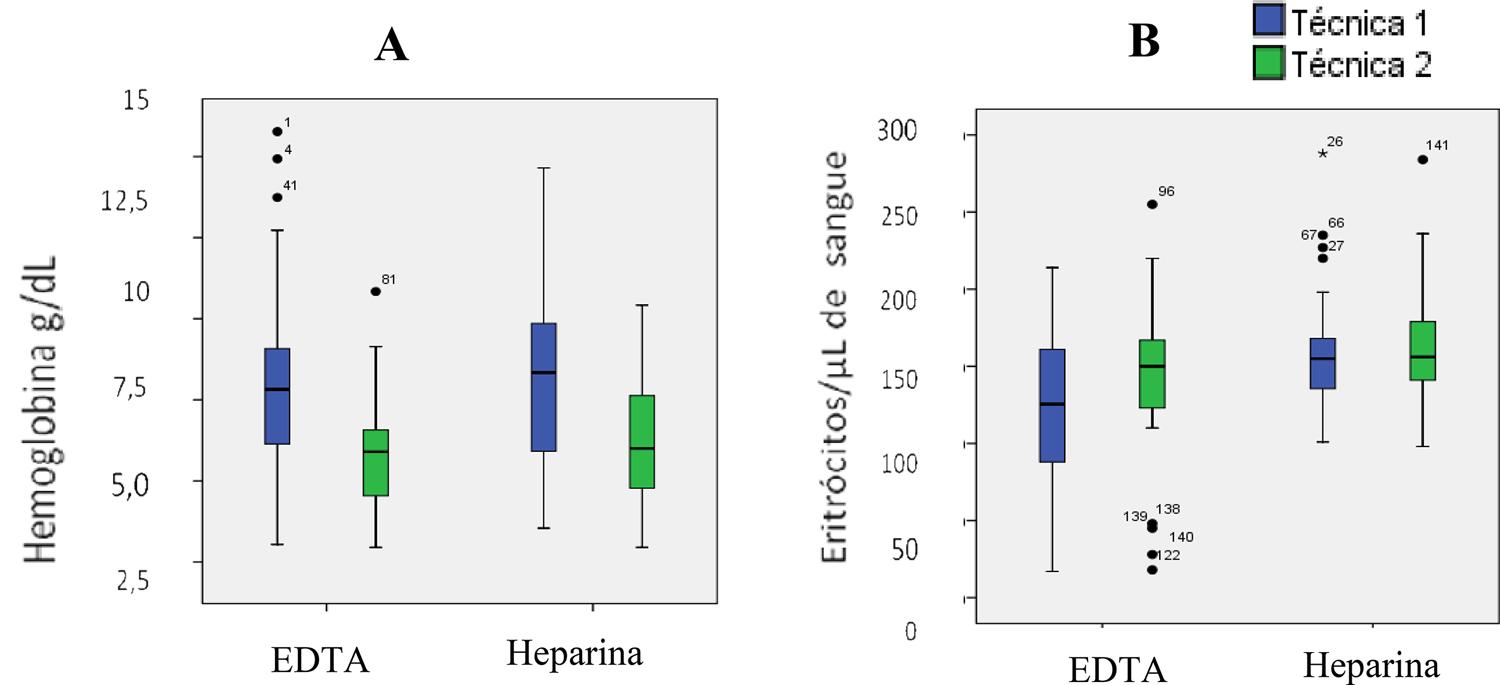SUMMARY
Hematology fish contributes to the understanding of the physiology, phylogenetic relationship, feeding conditions and other environmental parameters. This study comparative the effects of anticoagulants, ethylenediaminetetraacetic acid - EDTA and heparin, on blood constituents of Nile tilapia. 25 animals were used with a mean weight of 28.6 ± 13.0g for the collection of the blood sample and determining the number of erythrocytes, hemoglobin concentration, packed cell volume, total protein, total count and differential leukocytes and thrombocytes. Were also compared some of the techniques used for the analysis of these constituents, as diluents and stains. Data were subjected to analysis of variance, and compared using the Wilcoxon test (P>0,05%). The anticoagulants were as effective inhibition of coagulation and the occurrence of hemolysis. Differences were observed in erythrocyte count, in the comparison of anticoagulants such as the comparison of diluents used (saline and Natt-Herrick). Furthermore, differences between techniques for analysis of hemoglobin concentration and between the stains used for preparation of blood extensions (rapid panoptic and Rosenfeld) was found. The results of this study allow us to conclude that both are effective anticoagulants in the preservation of blood characteristics of Nile tilapia. However, the combination of EDTA with Rosenfeld dye showed better results in morphotypes analysis of leukocytes, particularly with regard to cell differentiation.
blood; Edta; fish; heparin




